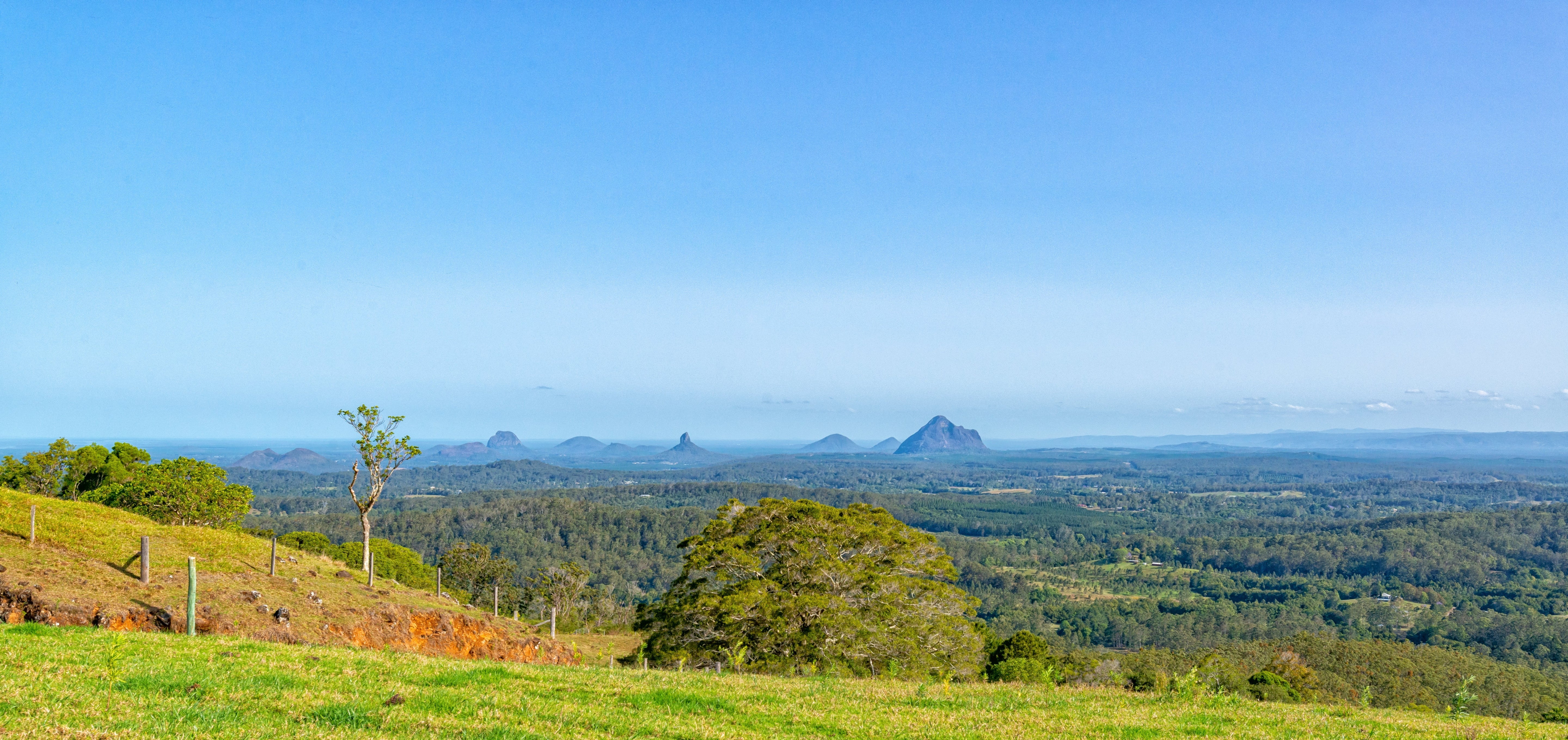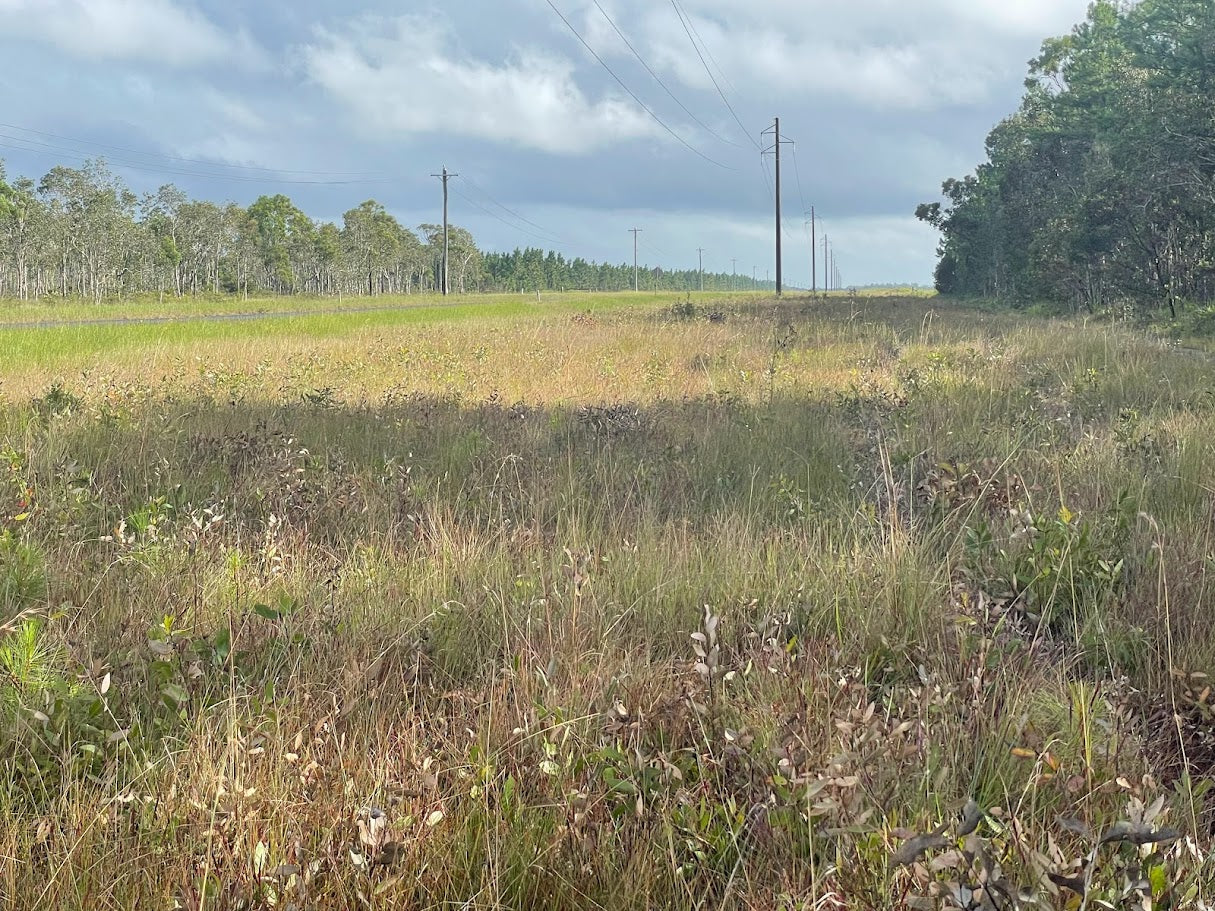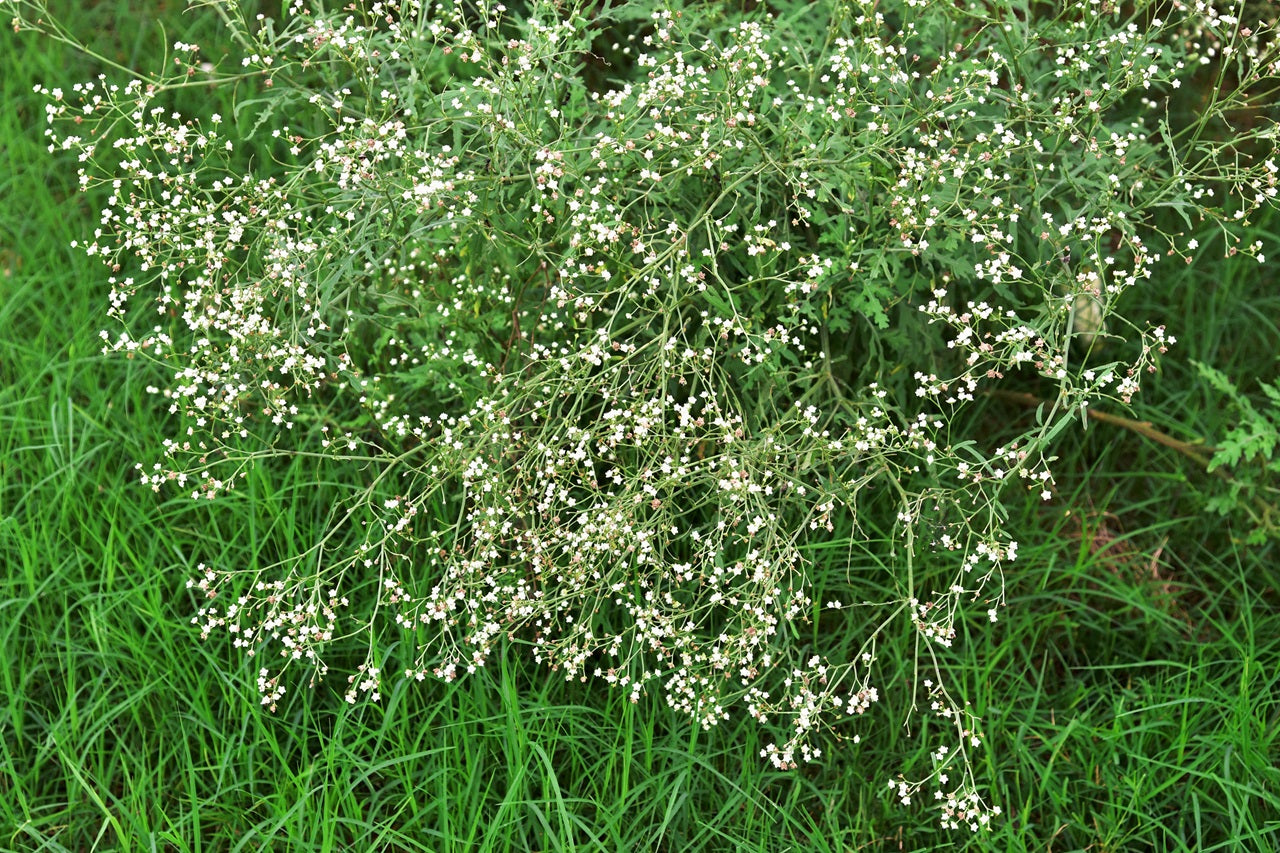
The Science of Timing: Maximising Herbicide Effectiveness in Ecosystem Restoration
Ecosystem restoration is a delicate process that requires precise planning and execution. Among the many tools available for managing invasive weeds and promoting native plant recovery, herbicides stand out for their effectiveness and efficiency. However, the success of herbicide application hinges on one critical factor: timing. The science of timing ensures that herbicides deliver maximum impact on target species while minimising their use and protecting the surrounding environment.
The Importance of Timing in Ecosystem Restoration
Invasive weeds are one of the greatest challenges to ecosystem restoration. They outcompete native vegetation, degrade soil quality, and disrupt biodiversity. While herbicides provide a powerful solution, their impact depends heavily on being applied at the right time in the weed's growth cycle and the ecosystem’s recovery phase.
By understanding the life cycles of invasive species and the specific conditions of a restoration site, land managers can ensure herbicides are used most effectively, reducing costs and environmental risks while maximising restoration outcomes.
Targeting Weed Life Cycles
 The growth stage of a weed determines its vulnerability to herbicides. Applying herbicides at specific stages of the weed's lifecycle enhances their effectiveness:
The growth stage of a weed determines its vulnerability to herbicides. Applying herbicides at specific stages of the weed's lifecycle enhances their effectiveness:
-
Seedling Stage
Young weeds are most susceptible to herbicides because they lack established root systems and protective structures. Targeting weeds during this stage requires less herbicide, reducing costs and environmental impact. -
Active Growth Phase
During this phase, weeds are rapidly absorbing water and nutrients, making them more likely to take up herbicides. Systemic herbicides, which move through the plant’s vascular system, are particularly effective at this stage. -
Pre-Flowering
Applying herbicides before weeds flower prevents seed production, helping to break the weed’s lifecycle and reducing future infestations. -
Dormancy and Late Growth
Weeds in these stages are less responsive to herbicides. Applying chemicals during these phases often results in poor control and wasted resources.
Seasonal Considerations
The effectiveness of herbicides is also influenced by environmental conditions, such as temperature, humidity, and rainfall.
- Spring and Early Summer: Ideal for targeting actively growing weeds before they flower and set seed.
- Late Summer and Autumn: Best for perennial weeds that are storing energy in their roots, making them more susceptible to systemic herbicides.
- Rainfall Timing: Applying herbicides shortly before rainfall risks chemical runoff, while applying during drought conditions can reduce absorption.
Understanding seasonal patterns ensures herbicides are applied when weeds are most vulnerable and the risk to surrounding ecosystems is minimised.
Timing and Ecosystem Recovery
In ecosystem restoration, herbicide timing must align with the broader goals of recovery, including soil health, native plant establishment, and biodiversity enhancement.
-
Pre-Treatment Preparation
Herbicides are often applied before regeneration plantings to suppress invasive species and create a blank slate for native vegetation. Timing the application to coincide with early weed growth ensures maximum control while preserving soil integrity. -
Post-Planting Maintenance
Targeting regrowth of invasive species during the early stages of native plant establishment prevents competition and promotes recovery. Timing is critical to ensure herbicides do not harm young native plants. -
Long-Term Management
Ecosystem recovery is a multi-year process. Herbicides may be reapplied during specific windows to control persistent weeds and support ongoing restoration efforts.
Case Study: Riparian Zone Restoration
Riparian zones, which are vital for water quality and biodiversity, are often overrun by invasive species like Climbing asparagus, Groundsel and Lantana. A recent restoration project demonstrated the importance of timing:
- Herbicides were applied in early spring when invasive plants were in active growth. With the exception of groundsel which was treated in late summer to prevent flowering and spread.
- Herbicides were also applied post manual management of vine weeds as a cut paste treatment to ensure focussed herbicide delivery to regrowth.
- Follow-up applications targeted late-season regrowth, preventing seed production, and reducing the weed seed bank.
- Native riparian species were planted during late autumn to maximise the potential for optimum establishment conditions.
The careful timing of these interventions resulted in a significant reduction in invasive species and a thriving native plant community within two growing seasons.
Economic and Environmental Benefits of Timely Herbicide Use
Applying herbicides at the right time reduces costs by minimising the quantity needed and preventing repeated applications. It also protects surrounding ecosystems, ensuring non-target species and sensitive areas remain unaffected.
For example:
- Cost Savings: Targeting weeds at their most vulnerable stages requires fewer resources, saving on both labour and chemical costs.
- Improved Outcomes: Maximising weed control early in a restoration project accelerates recovery and reduces long-term maintenance needs.
- Environmental Protection: Precise timing reduces the risk of chemical runoff, protecting waterways and non-target plants.
The Science Behind Timing
Advances in technology and research are improving our ability to time herbicide applications effectively. Tools such as:
- Weed Mapping: Identifying infestations and tracking growth stages.
- Weather Forecasting: Ensuring optimal conditions for application.
- Monitoring Systems: Using remote sensors to assess weed health and growth cycles.
These innovations help land managers make informed decisions, enhancing the effectiveness of herbicide use in restoration projects.

Additional content
VIEW GWS' ADDITIONAL CONTENT TO LEARN MORE ABOUT THE WEED INDUSTRY

Towards Modern Vegetation Management: Solutions for Australia’s Linear Infrastructure
Understanding the Changing Vegetation Challenge Vegetation management across Australia’s linear infrastructure corridors is becoming increasingly complex. Roads, rail corridors, gas pipelines, elec...
Read more
Case Study: Parthenium Weed Hygiene
Introduction: The Necessity of Weed Hygiene Management Australia’s vast expanses and diverse land uses, from grazing pastures and cropping zones to natural bushland and urban corridors are u...
Read more
The Critical Role of Weed Hygiene in Effective Weed Management
Weed hygiene management is a cornerstone of effective biosecurity and sustainable land use in Queensland. The unchecked movement of soil, vehicles, stock, and equipment can inadvertently spread inv...
Read more
